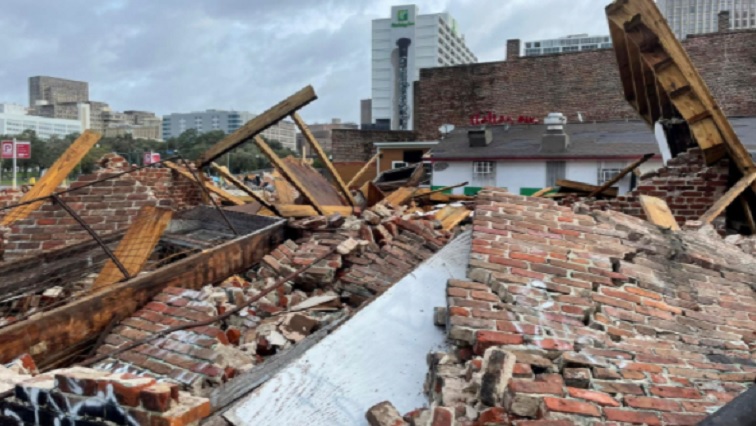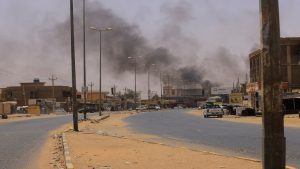Hurricane Ida has knocked out electricity to the entire city of New Orleans, Louisiana in the United States as officials and residents start to survey the extent of the damage caused overnight after the storm made landfall as a powerful Category 4 event. It has since weakened to a Tropical Storm as its tracks inland, with at least one death reported as a result of a fallen tree on a home.
The National Hurricane Centre continues to warn of dangerous storm surge and flash flooding in portions of southeastern Louisiana, Southern Mississippi, and Southern Alabama.
Flooding in La Place, LA following #HurricaneIda. @NWSNewOrleans @spann @AlaStormTracker pic.twitter.com/uqkEAWIzGi
— Bryan Sharpe (@TBLwx803) August 30, 2021
The ferocity of Ida was captured in-home security camera footage in Grande Isle. The water was seen pouring into a beach house just before the cameras stopped functioning.
Cellphone video shows the roof of a hospital blowing away in a state dealing with the nation’s third-highest rate of new COVID-19 infections, with hospitals in the region near capacity.
“As predicted by the National Weather Service, this is one of the strongest storms to make landfall here in modern times. And as had been projected, Ida rapidly intensified at an unprecedented rate right up until landfall. If you’re sheltering in place, please make sure that you’re in the most secure place possible in your home, some interior space, and then please make it your business to stay there until the danger passes,” says Louisiana Governor John Bel Edwards.
The power outage in the state’s largest city of New Orleans could further complicate rescue and recovery efforts with reports of cell service down or spotty in a number of areas, just as the extent of Ida’s devastation becomes clear.
“There is no doubt that the coming days and weeks are going to be extremely difficult for our state. And many, many people are going to be tested in ways that we can only imagine today. But I can also tell you that as a state, we’ve never been more prepared. Again, all the models that we’ve seen from the Army Corps of Engineers and from our own CPRA show that hurricane storm damage risk reduction system will hold and perform as intended. Will it be tested? Yes, but it was built for this moment.”
Hundreds of kilometers of new levees were built around New Orleans after the devastation of Hurricane Katrina which struck 16 years ago almost to the day killing almost 2 000 people and causing 125 billion dollars in damage back in 2005.
“To the people of the Gulf Coast, I want you to know that we’re praying for the best and prepared for the worst. As soon as the storm passes, we’re going to put the country’s full might behind the rescue and recovery. We’ve got generators in place and we’re in close touch with the power providers to get and restore power as soon as possible because a lot of it is going to go out and we should be prepared that it can take a long time, no matter how much we’ve prepositioned, which we have, that it’s going to take a long time for a lot of it to get back up. It could take a matter of weeks for some places,” says US President Joe Biden.
A monster of a storm, now tracking inland, but still producing sweeping rains and winds of up to 100km per hour.
Social media posts show before and after pics of entire buildings blown away, vehicles and petrol stations submerged in standing water, and downed power lines causing massive disruptions including canceled air travel.
The crumpled Entergy transmission tower by River Road in Bridge City. Local volunteer firemen said it collapsed iver a two-hour period Sunday night as #HurricaneIda battered the area. /1 @NOLAnews #nola #energytwitter pic.twitter.com/IqBXVtvjuZ
— Anthony McAuley (@AnthonyMcAuley2) August 30, 2021
The national hurricane centre is warning of life-threatening flash-flooding in addition to fierce winds and tornados as the storm moves further northeast, even as it continues to weaken.
Hurricane IDA knocks out electricity to entire city of New Orleans: Sherwin Bryce-Pease:






